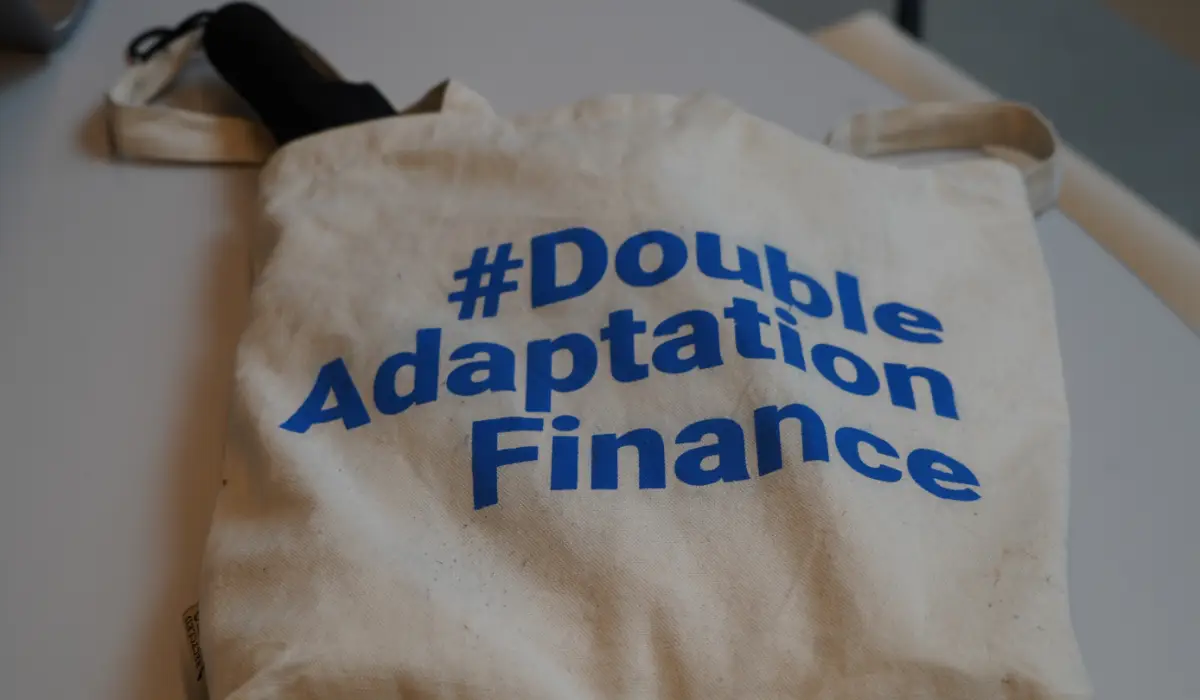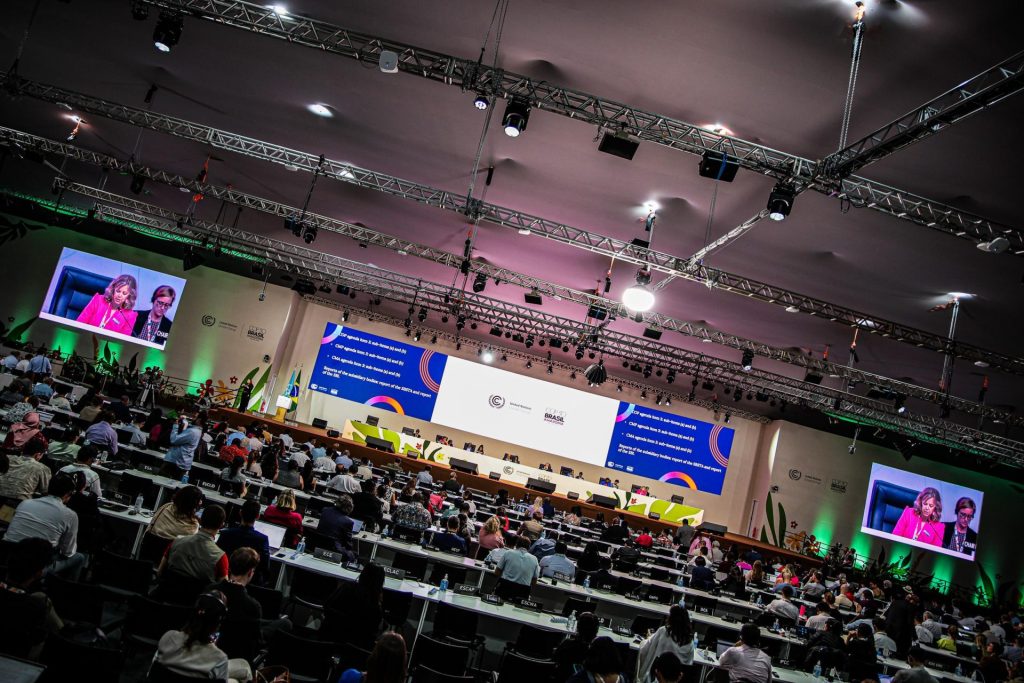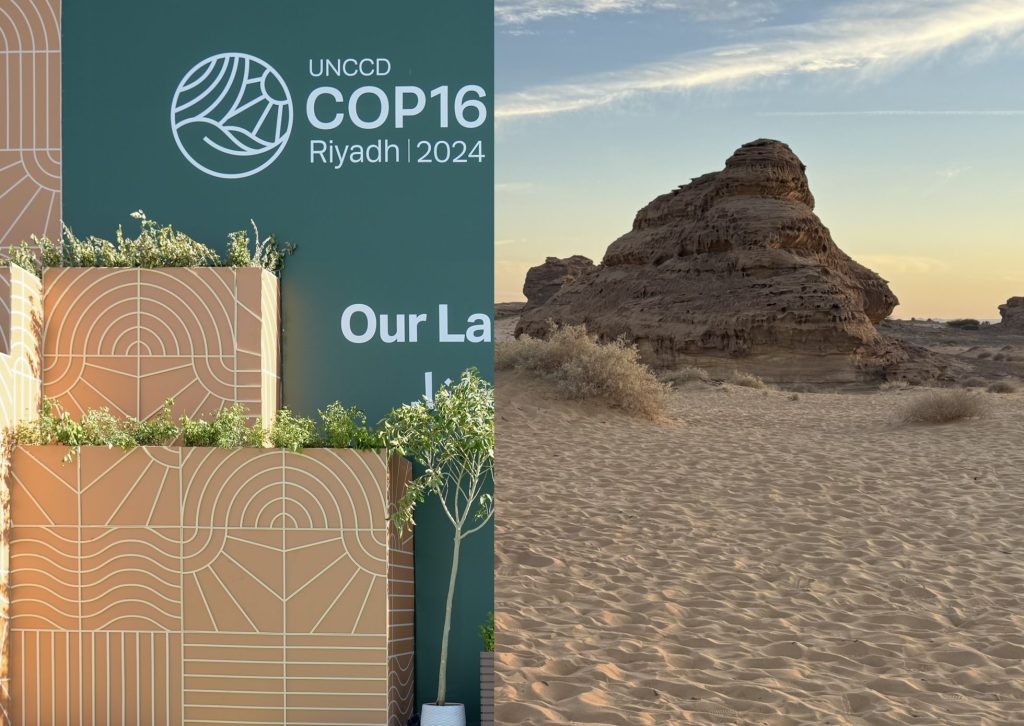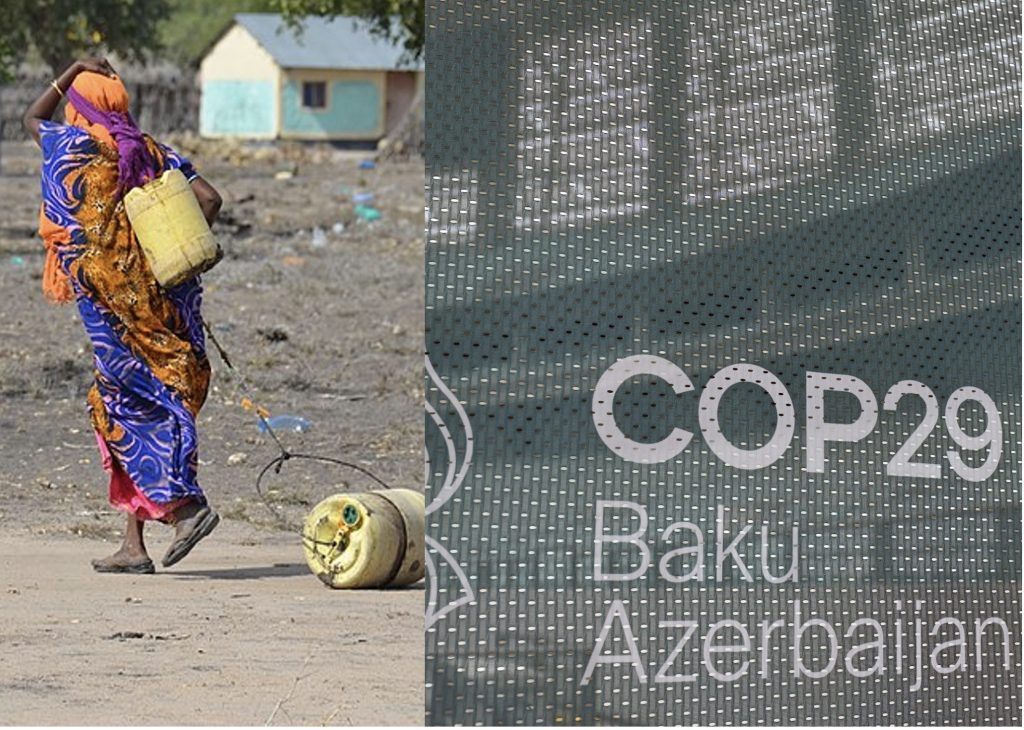The bi-annual climate negotiations in Bonn in June bore witness to an intense ten-day session on adaptation, largely featuring discussions on next steps to operationalize the GGA. This builds on last year’s adoption of the UAE Framework for Global Climate Resilience, which is to guide the achievement of the GGA, and which contains 11 broad targets. This year countries are focusing on the development of indicators to measure the GGA, and associated methodologies.
The finalization of the GGA text last year was a bittersweet victory for African countries. While overarching targets were agreed after a lengthy negotiation process, their content is relatively feeble. Developed countries also pushed back on the suggestion to have quantified targets (e.g. percentage and time driven goals), something that African countries had promoted for some time. The question of indicators − how to measure progress and track these overarching targets − was also pushed out into a two-year working programme to be finalized by COP30 in Belem, Brazil next year.
This is where African negotiators saw an opportunity to give more contour to the targets and overcome their vagueness. As they emphasized in their written submission, the indicators must bring certainty by being “well-defined, specific, measurable, quantifiable, aggregable, science-based, accessible, meaningful, and realistic.” Doing so will ensure that not only finance flows towards them, but that countries can demonstrate progress or a lack thereof in meeting them.
Although a seemingly neutral topic, the question of indicators is messy. There is some consensus to capitalize on work that has been done already for related goals, for example, re-using the SDG indicators. This has led to an agreement to initiate a mapping process to examine existing landscapes and identify where new indicators are needed and where existing ones can be reused. But the process also requires countries to break down and define broad overarching targets. For example, by defining what “climate resilient food and agricultural production” means into more specific components and sub-themes, so that they can be measured. That process requires considerable technical expertise. Decisions must also be made on scale and how to work at a global level, and the extent to which the indicators must be quantified or not.
A continuous and difficult to resolve issue remains whether to have an indicator on finance flows for the GGA. Finance always has been and remains a sticking point when it comes to adaptation. There has always been too little and its form, reliability and access has historically been challenging. The current adaptation finance gap is now estimated at US$366 billion per year.
In Dubai last year, negotiators recognised these difficulties in the agreement text but did not go so far as to include finance, as one of the targets of the GGA. In Bonn in June, developed countries, including the US, EU, Japan and Australia continued to push back on any target or related indicator on finance. At the same time, countries are also negotiating a separate new collective quantified goal for climate finance (NCQG) due to be concluded at COP29 in November this year. The NCQG applies to all finance flows, including adaptation. Within the NCQG negotiations, African countries are looking to have sub-themes with an adaptation finance target and a mitigation finance target, to ensure greater equity and predictability in how money is channeled to adaptation. But the desire to have adaptation financial targets and indicators within both the GGA and NCQG is understandable. Having a financial target for the GGA helps to ensure that not only does finance flow to adaptation overall through the NCQG, but that adaptation priorities, as expressed through the more specific GGA targets, get the funding they need. This also avoids funding being disguised as adaptation finance or going to less strategic projects.
At the June negotiations, countries also locked horns about which body would develop and make recommendations on the indicators. Developing countries want an ad hoc expert working group to be established whilst developed countries do not. There is some discomfort within the G77 plus China that the current Adaptation Committee is not sufficiently representative or efficient for the task. It often lacks the necessary expertise or appoints consultants which means both representivity and relevant expertise are less certain. Given that the GGA has 11 targets across at least 7 sectors, a very diverse set of expertise is needed, which is why an ad hoc group has been proposed. In line with their position in most other tracks of the negotiations, developed countries would prefer to use existing institutions/bodies within the UNFCCC to develop the indicators, flagging cost and overlapping mandates as a concern. Ultimately, at the end of Bonn, it was left open in the text whether it would be a new ad hoc group that would make recommendations or whether it would be the existing Adaptation Committee.





